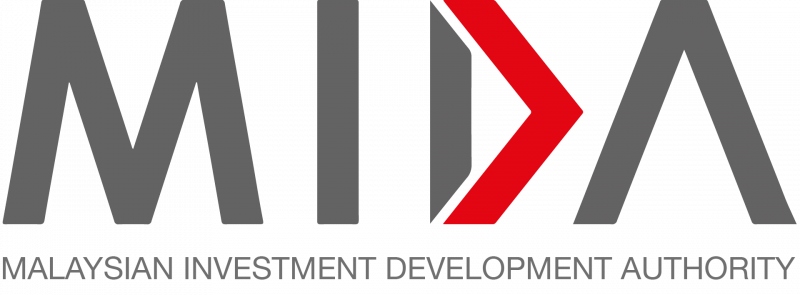Prime Minister Datuk Seri Anwar Ibrahim has urged the electrical and electronics (E&E) and semiconductor industries of Malaysia and Brazil to leverage each other’s strengths and enhance collaboration, particularly given the increasing prominence of the Global South.
“Although we are from distant lands, the potential is immense. Brazil is a key pillar of the Latin American economy, while Malaysia is rapidly establishing itself as a semiconductor hub and an attractive destination for data centres and artificial intelligence,“ Anwar said.
Speaking at a roundtable meeting with representatives from the semiconductor industry and captains of industries here, today, he underscored the importance of this partnership for driving innovation and progress among nations in the Global South.
“So, the collaboration with Brazil, to me, is very critical at this point, as it will enable countries in the South to harness their expertise, knowledge, and research to excel in areas where they can make a significant impact,“ he said.
He also highlighted opportunities for cooperation beyond traditional sectors.
“In the context of the Global South, it is important for us to strengthen collaboration while continuing open trade engagements with major economies like the United States and China,“ he said.
The event was attended by 34 corporate leaders from 20 prominent companies across various industries.
Also present was Minister of Investment, Trade and Industry, Tengku Datuk Seri Zafrul Abdul Aziz.
Acoording to Anwar, although the volume of semiconductor trade and export from Brazil is relatively small compared to Malaysia, the industry in Brazil has excelled in some areas that can be advantageous to both countries.
Malaysia has a comprehensive semiconductor ecosystem covering front-end and back-end activities, and it is currently the sixth largest semiconductor exporter globally with exports exceeding US$85 billion.
Malaysia’s ecosystem includes global giants such as Intel, Infineon, Micron, and Texas Instruments, as well as homegrown champions like Carsem and Inari.
Meanwhile, Brazil’s semiconductor export value stands at US$1 billion, and the country’s competitive edge lies in the manufacturing of integrated circuits.
Anwar, who is also Malaysia’s Finance Minister, said that the potential collaboration in the semiconductor industry was one of several topics discussed during his meeting with Brazilian President Luiz Inácio Lula da Silva on Sunday.
“We are both very neutral on trade and development, and we take a very independent view of international issues and conflicts. We are not dictated by any superpower, and that makes our stance quite similar in terms of our foreign policy interaction.
“And to me, what is especially significant is that both of us want to focus on the economy, developments and new technologies,” he said.
Anwar arrived in Rio de Janeiro on Saturday for his first official visit to Brazil on da Silva’s invitation, after participating in the APEC Economic Leaders’ Week in Lima, Peru.
Malaysia was among 17 guest nations invited to the G20 Summit in Brazil, alongside countries like Chile, Qatar, Egypt, and Singapore.
In 2023, Brazil, the largest country in South America, was Malaysia’s 20th largest trading partner, 29th largest export destination and 17th largest import source.
Among Latin American and Caribbean countries, Brazil is Malaysia’s second-largest trading partner, second-largest export destination and largest import source.
Source: Bernama
Malaysia-Brazil partnership holds huge promise for E&E, semiconductor industry – PM Anwar
Content Type:
Duration:


